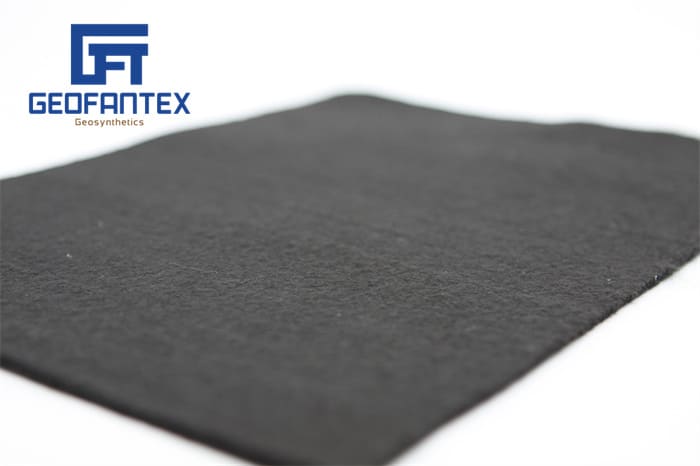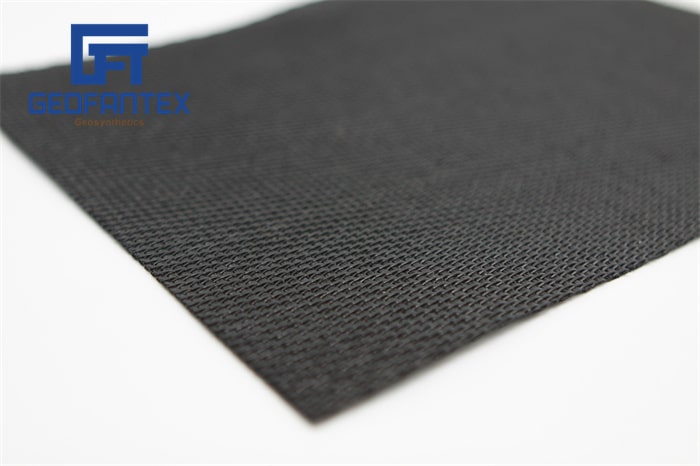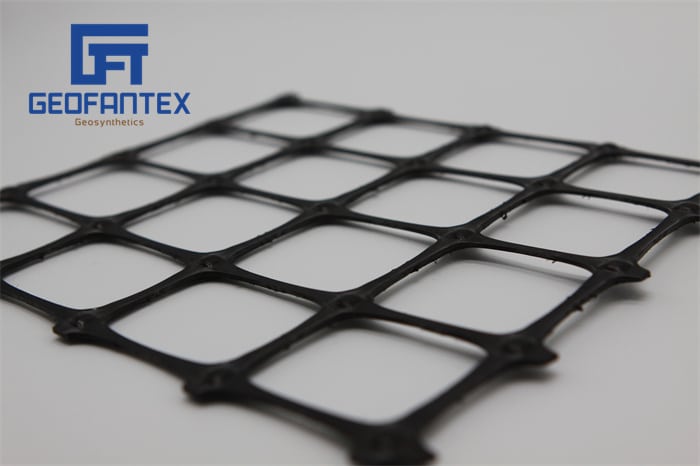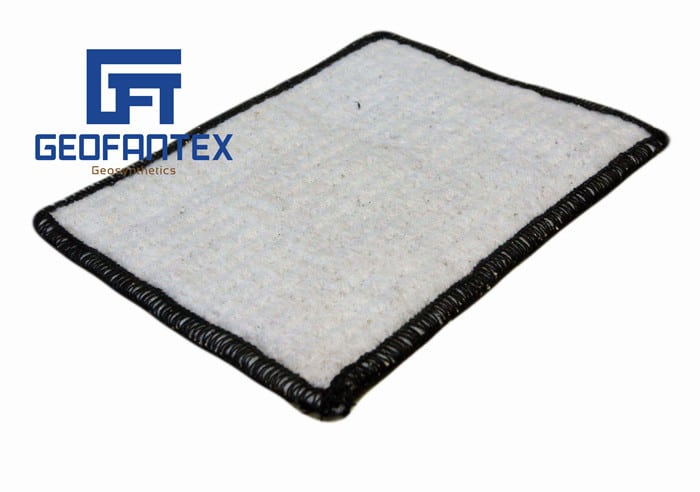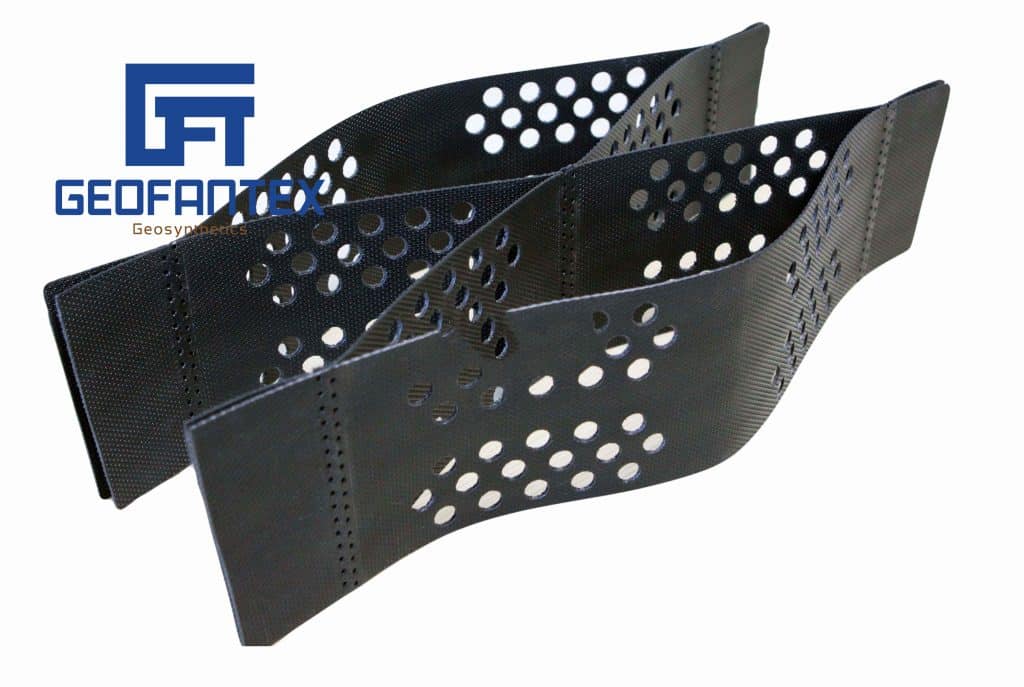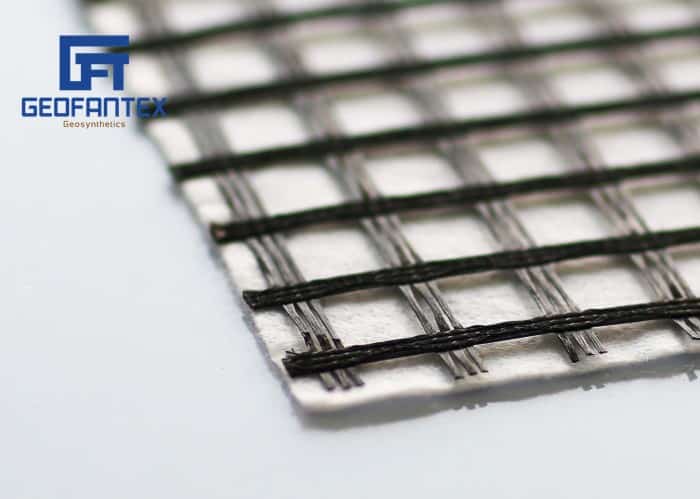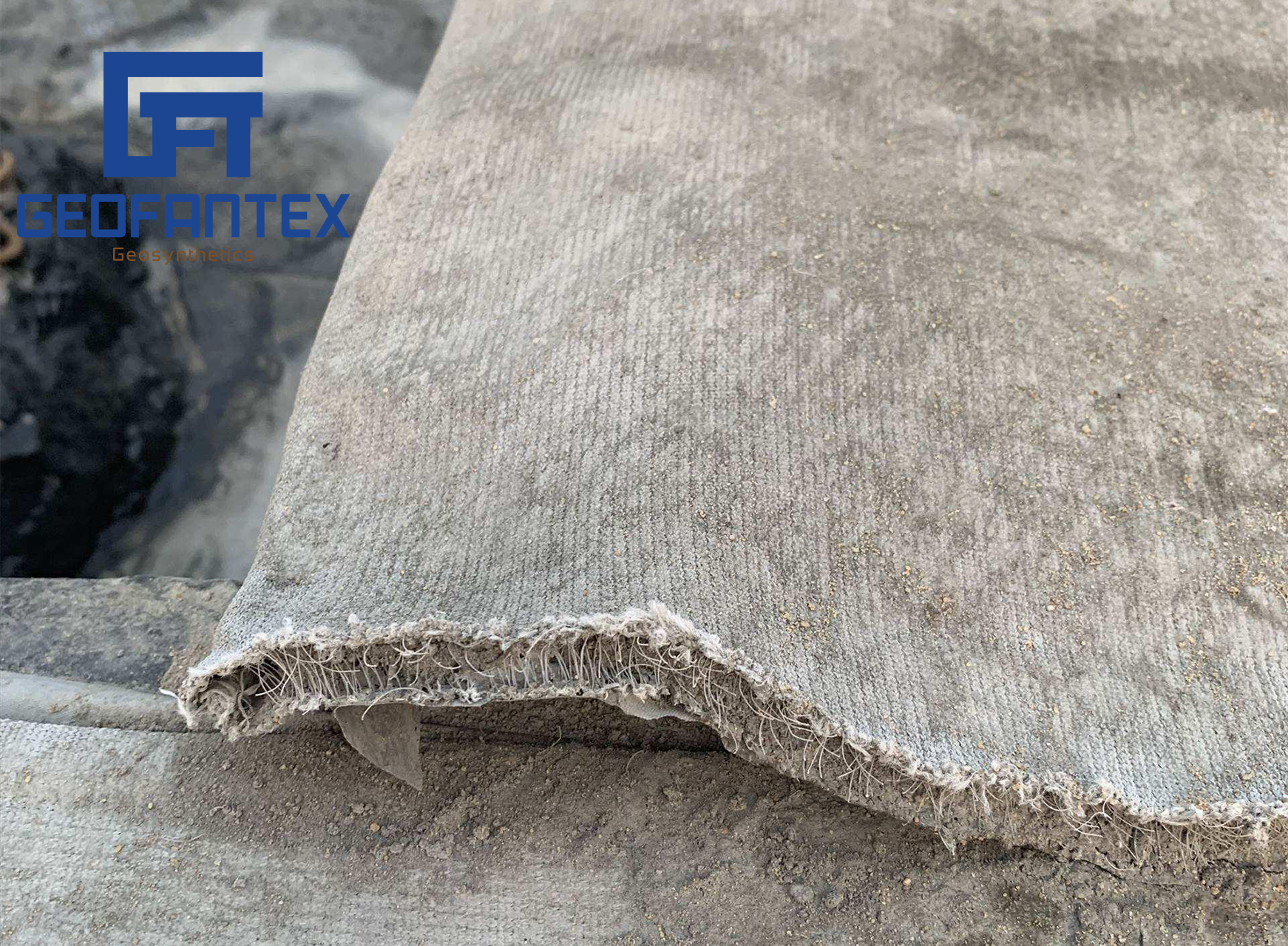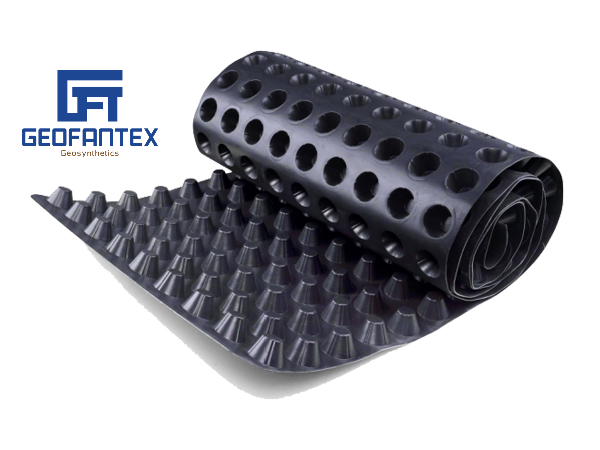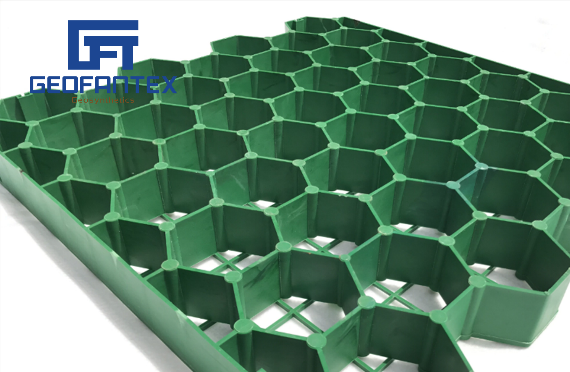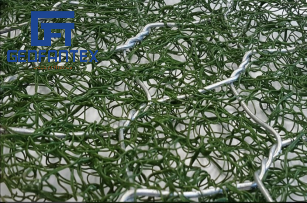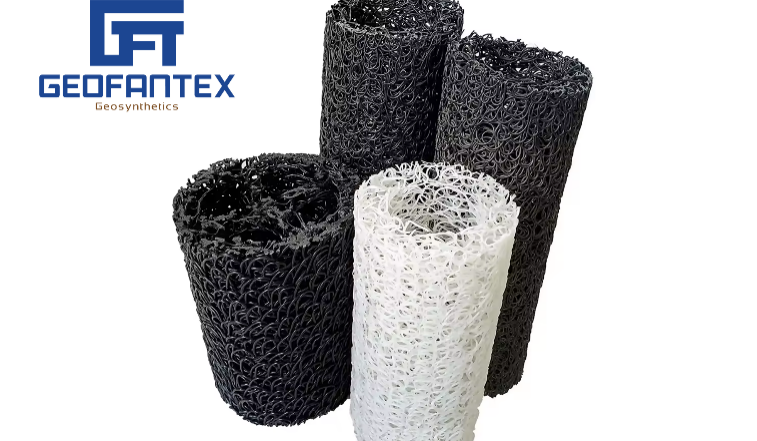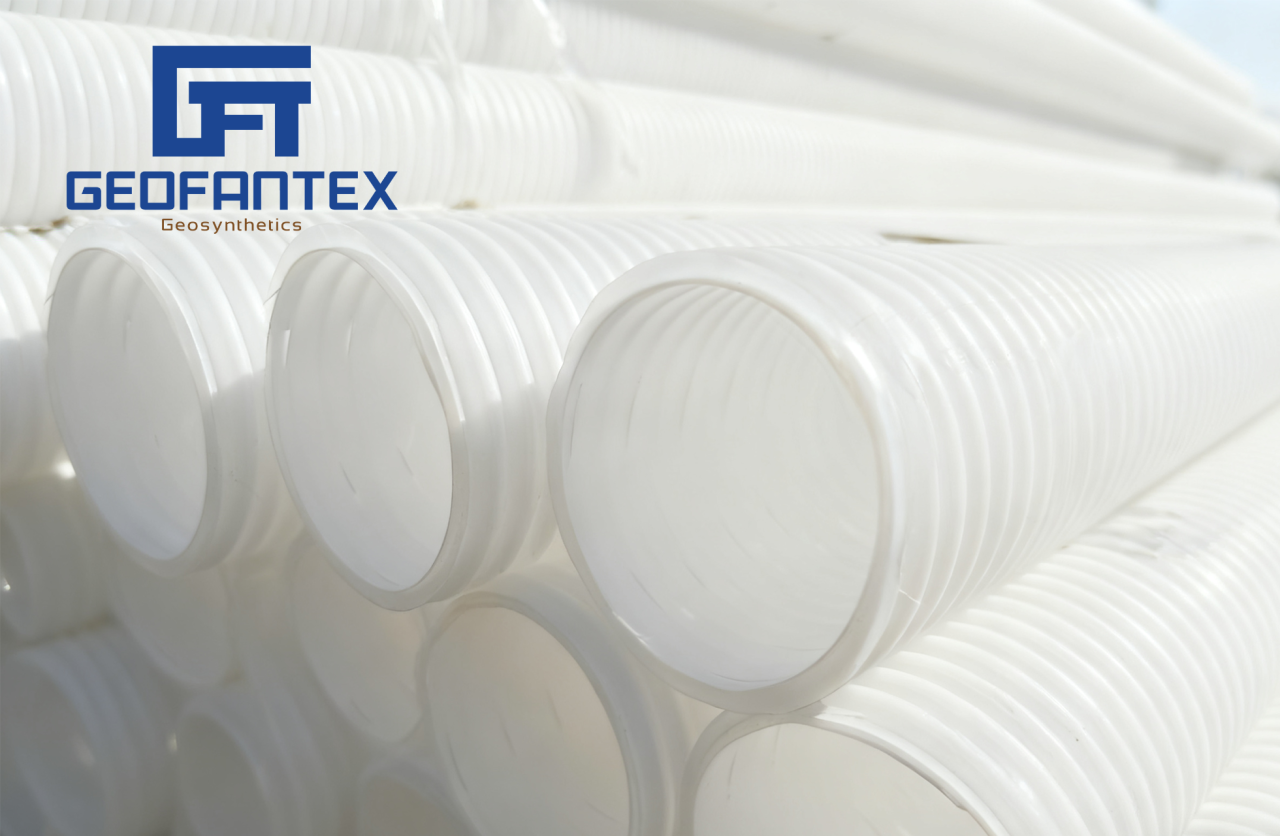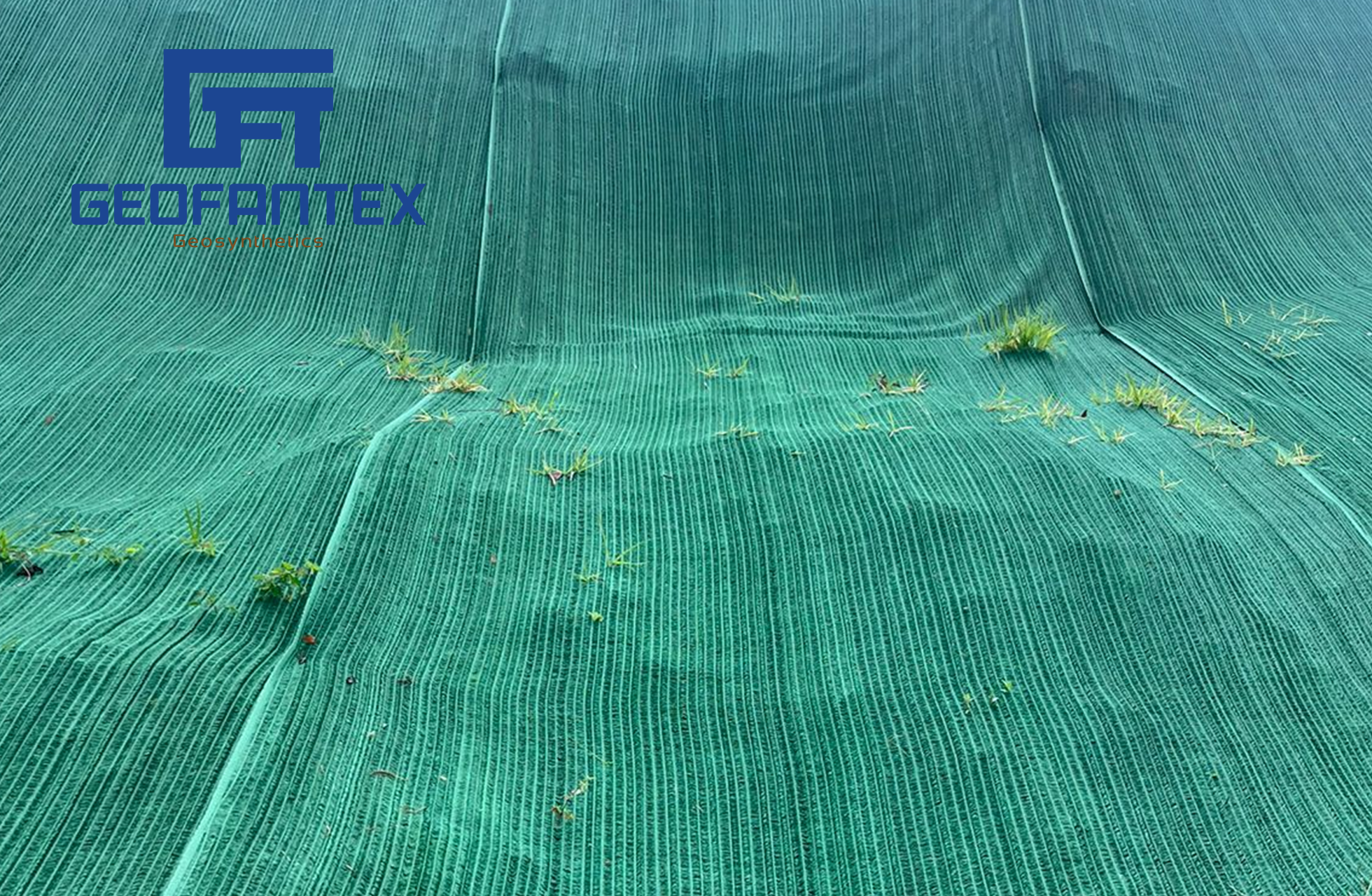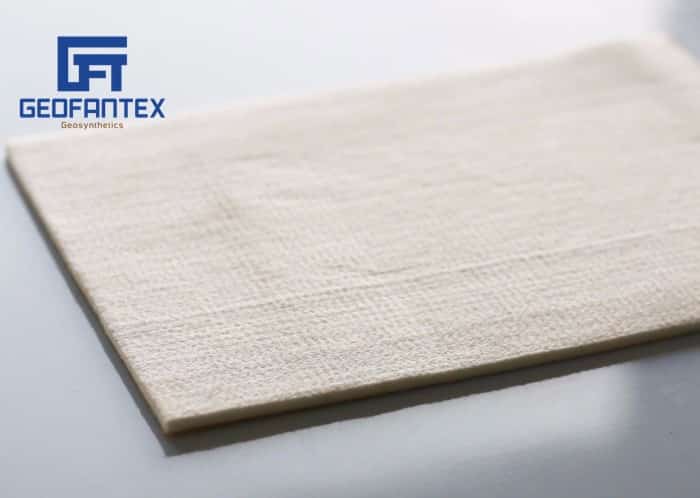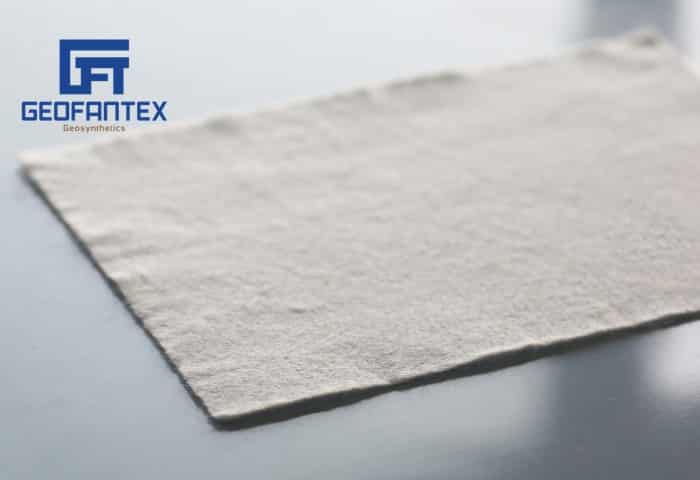+86-159 9860 6917
info@geofantex.com
geofantex@gmail.com
+86-400-8266163-44899
Geosynthetic clay is a critical material in the geosynthetics industry, offering high-performance sealing and barrier solutions for environmental and civil engineering projects. These materials are particularly valued for their self-healing properties, ease of installation, and long-term durability in harsh site conditions.
What is Geosynthetic Clay and How Does it Work?

Geosynthetic clay liners (GCLs) are factory-fabricated rolls composed of a layer of bentonite clay sandwiched between geotextiles or bonded to a geomembrane. When hydrated, bentonite swells to form a low-permeability barrier that effectively contains liquids and gases. GCLs are typically used as a substitute or complement to traditional compacted clay liners in landfills, mining, and containment applications.
What Are the Advantages of Using Geosynthetic Clay Liners?
GCLs offer several advantages over traditional barrier materials:
- Ease of Installation: GCLs can be installed up to 50% faster than compacted clay liners.
- Space-Saving: They require significantly less thickness than clay liners (approximately 10 mm vs. 600 mm).
- Performance: When hydrated, bentonite provides hydraulic conductivity as low as 1×10⁻⁹ cm/sec, comparable to or better than natural clay (source: GSI Report No. 25, Geosynthetic Institute).
- Self-Sealing: GCLs can self-heal minor punctures, reducing the risk of leaks.
In What Applications is Geosynthetic Clay Commonly Used?
Geosynthetic clay liners are commonly found in the following sectors:
- Landfills: Serving as primary or secondary liners to prevent leachate migration.
- Mining Operations: Used in tailings dams and heap leach pads to contain toxic runoff.
- Water Containment: Employed in reservoirs, canals, and stormwater ponds.
- Environmental Remediation: GCLs are used in capping contaminated sites to isolate hazardous waste.
According to industry research, the global GCL market is expected to grow at a CAGR of 5.8% from 2022 to 2029, reaching USD 610 million by 2029 (source: MarketsandMarkets 2023).
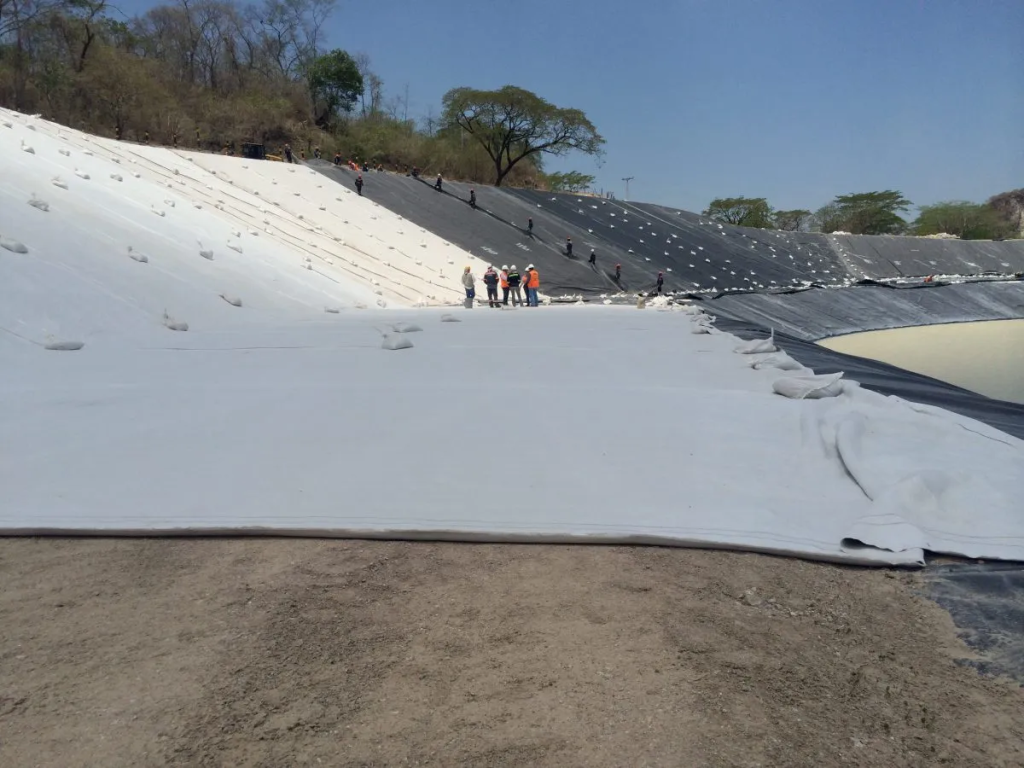
How Do You Choose the Right Geosynthetic Clay Product?
Selection of a GCL depends on:
- Project Requirements: Hydraulic performance, chemical compatibility, and structural load.
- Site Conditions: Moisture availability for hydration and subgrade quality.
- Reinforcement Needs: GCLs are available in needle-punched and adhesive-bonded forms, offering varying shear strengths.
- Cost-Efficiency: While GCLs have higher material cost than clay, their faster installation and smaller footprint often reduce total project costs.
As environmental regulations become more stringent, the use of geosynthetic clay materials continues to rise. Their compact design, outstanding hydraulic performance, and installation efficiency make them indispensable in modern containment systems. With robust industry growth and proven long-term durability, GCLs are shaping the future of sustainable infrastructure.

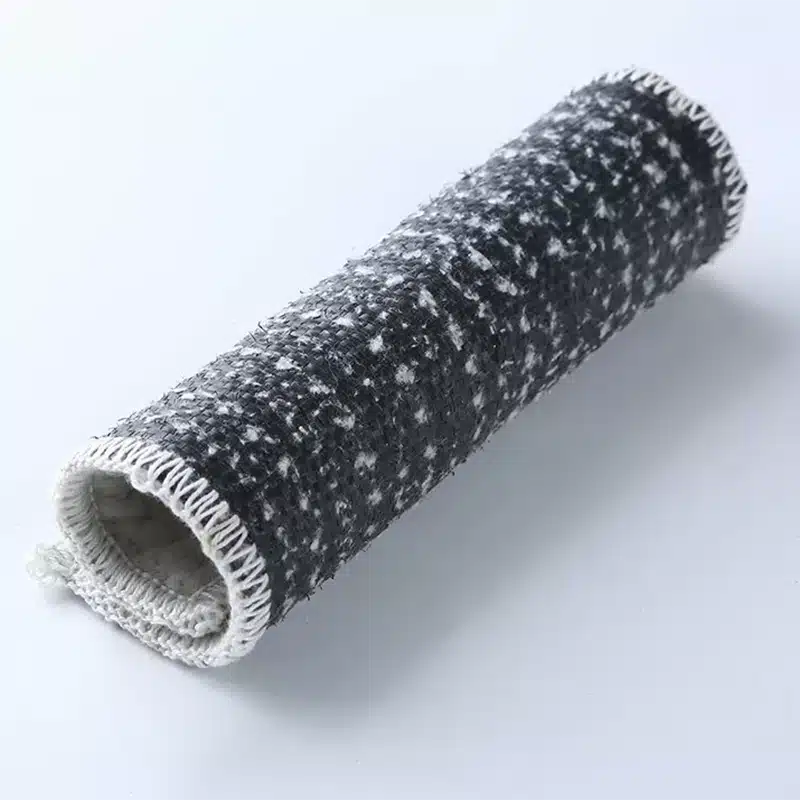
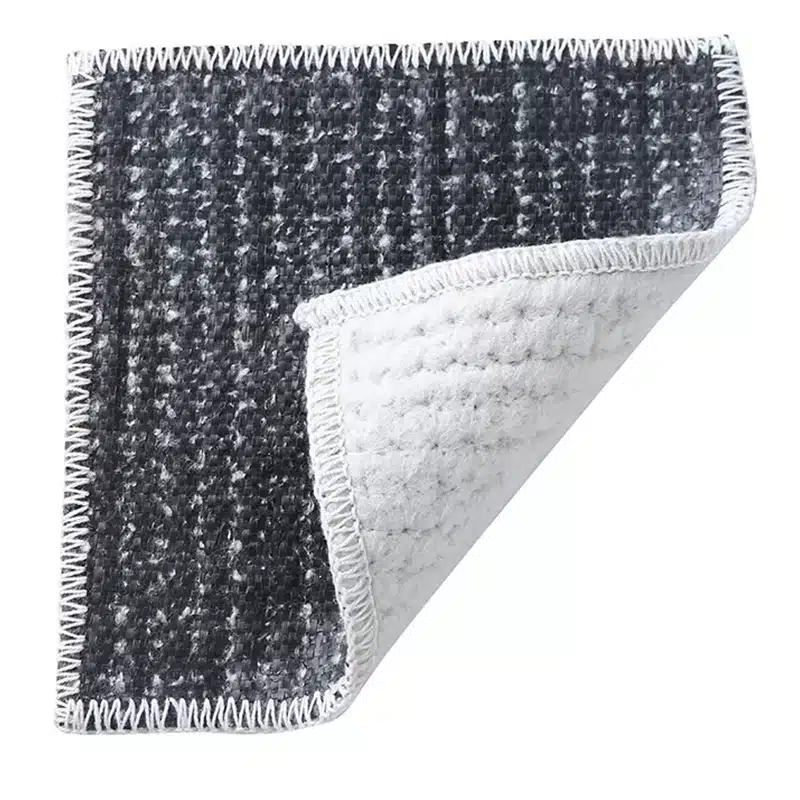
Get Free Sample
We’ll respond as soon as possible(within 12 hours)

